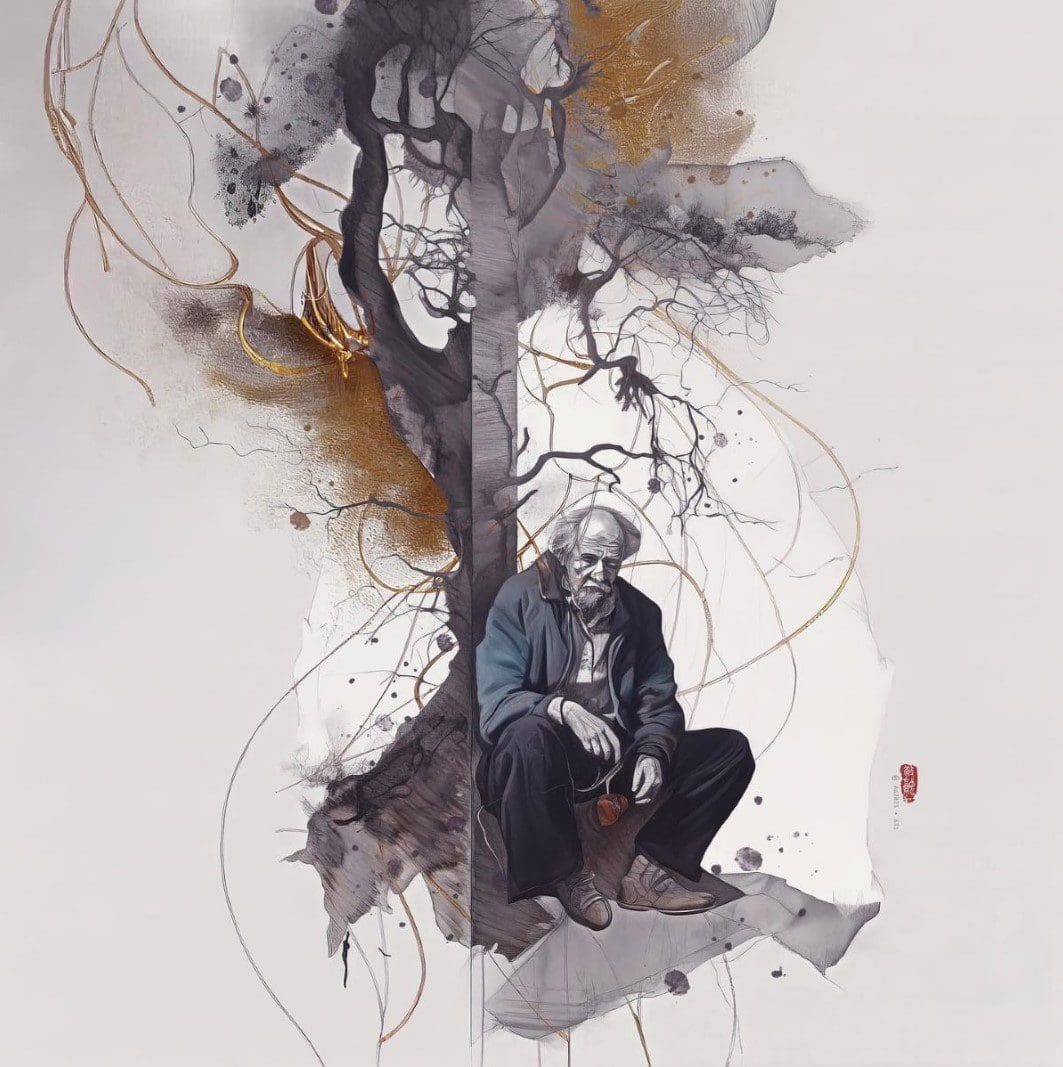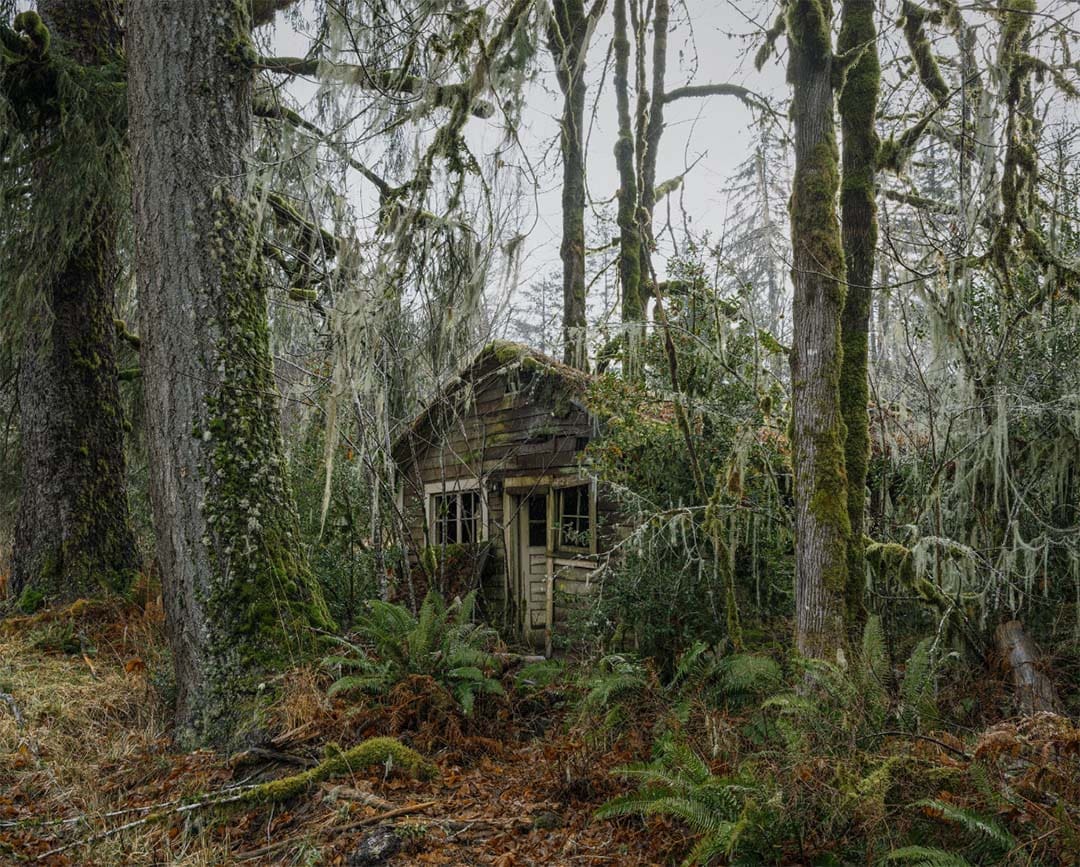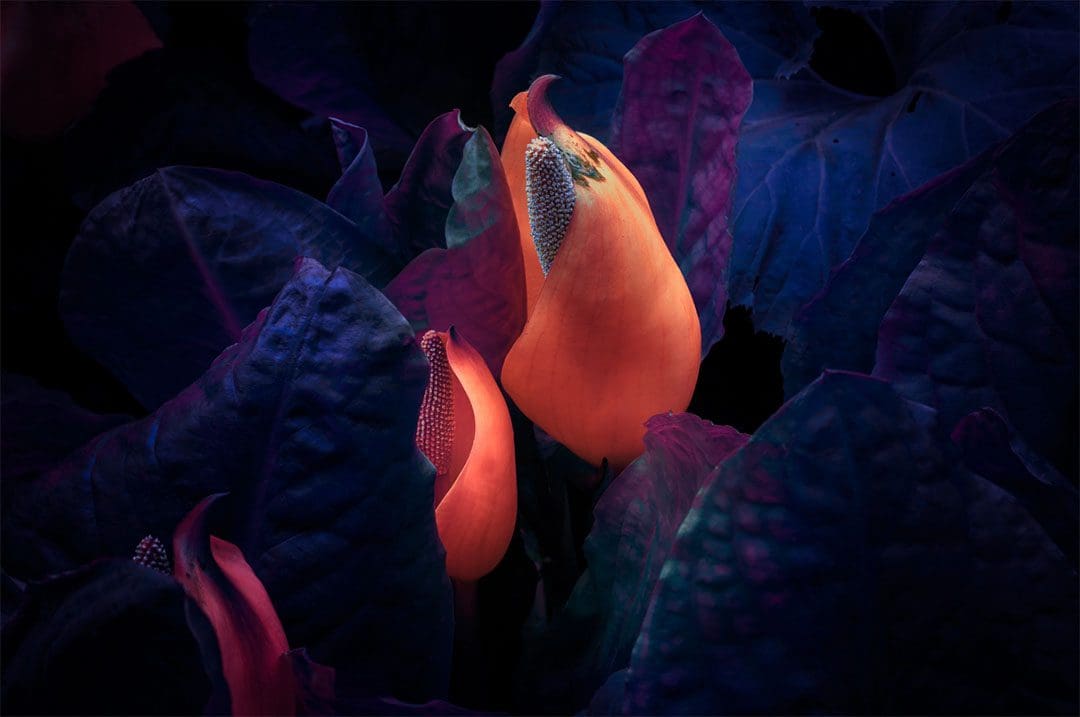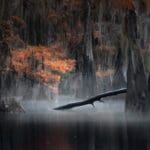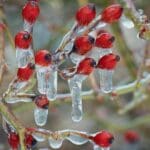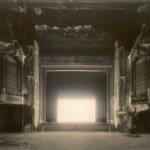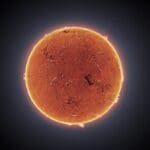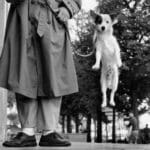the exhibition takes place inside the Cloître Saint-Trophime
INSOLARE: EVA NIELSEN & MARIANNE DERRIEN AT LES RENCONTRES D’ARLES
In INSOLARE, Franco-Danish artist Eva Nielsen and curator Marianne Derrien reflect on the evolving landscape of the Camargue, a coastal region south of the city of Arles where the Rhône River meets the Mediterranean Sea. Undertaken as part of the BMW ART MAKERS initiative, the project is currently on view at Les Rencontres d’Arles, the photography festival taking place every summer in the French city. Between the vaults of the Cloître Saint-Trophime, a Roman cloister designated as a UNESCO World Heritage Site since 1981, the exhibition presents a series of works that take on a transformative quality by blending photography, silk-screening, painting, and printing. Through an approach that is both poetic and scientific, Nielsen and Derrien highlight the environmental changes that are leading to the disappearance of certain urban, industrial and natural landscapes, where the human footprint is always in question.
‘With INSOLARE, Eva Nielsen takes optical and hydro-geological phenomena and combines them with a technical gesture, that of exposure, used in particular in screen-printing,’ curator Marianne Derrien explains. ‘A spectrum of both rural and industrial reality, this project crosses the artist’s trajectories with those of the territories at the gateway to Arles, where the Camargue begins.’


